If you’re looking to reduce your utility bills and your carbon footprint, solar power could be the way to go. The big question: Will the savings in your energy bills eventually outweigh the investment of installing solar panels? Read on to find out.
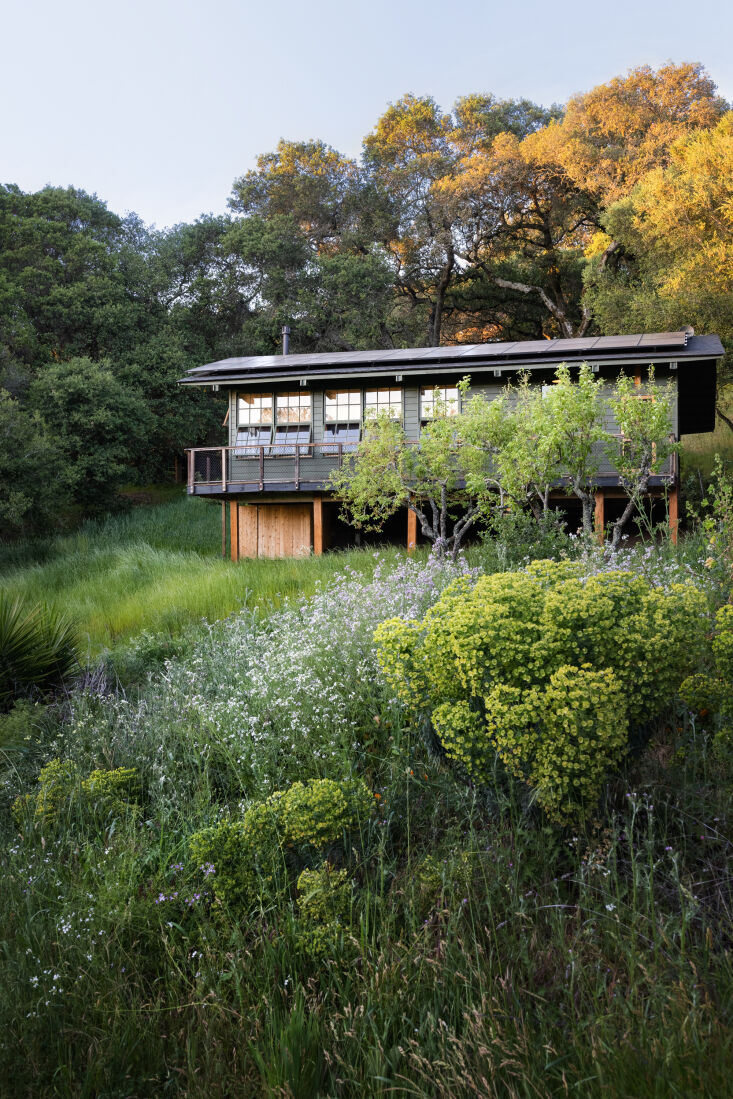
What are solar panels? How do they work?
Solar panels are designed to convert energy from the sun into electricity via the use of photovoltaic technology: When the sun’s rays hit the panels, semiconductors turn the energy into electrons of direct current (DC) electricity.
The DC power is then fed into an inverter, which transforms the direct current power into alternating current (AC), enabling it to become a source of electrical power that feeds into the electrical panel of your house.
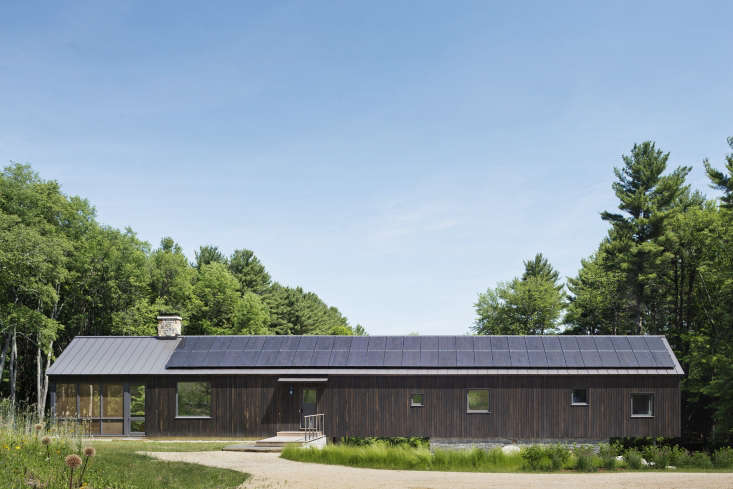
What happens after the power feeds into the electrical panel?
A bi-directional meter measures the power your solar system produces. Excess energy flows into the grid, where it is managed on a comprehensive scale. Meanwhile your utilities meter moves backward as your energy consumption reverses, resulting in a credit on your utilities bill.
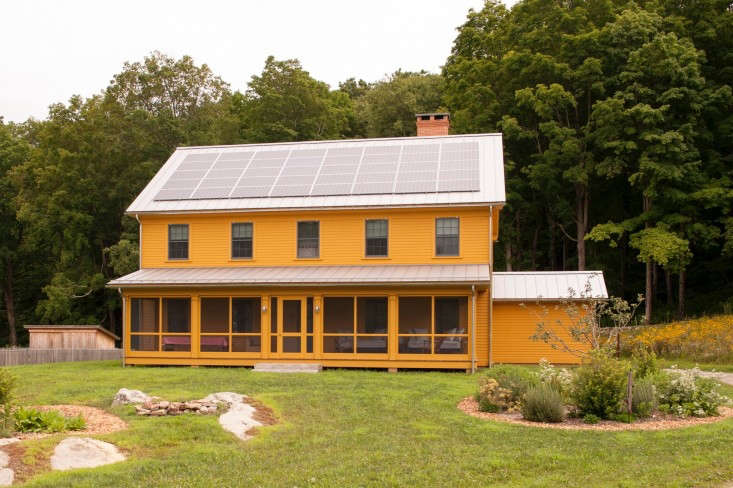
Why would you want to install solar panels?
The most compelling reason is the positive impact solar power has on the environment. The majority of our electricity is generated by oil and coal—which, in turn, causes air pollution and adds to the greenhouse gas buildup in our environment. And as the global supply of fossil fuels wanes, the cost of energy derived from these sources mounts. Sunshine, meanwhile, is a plentiful—and free—resource; the expense lies in the initial investment cost of installing panels.
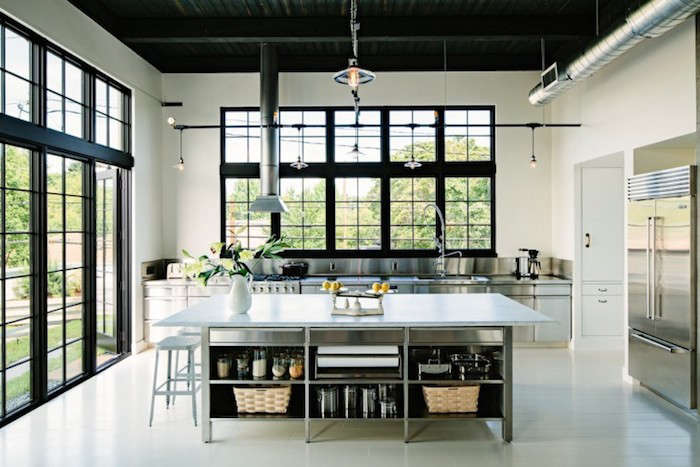
How much sunshine is needed for solar panels?
As one might suspect, a photovoltaic system creates the most energy in a sunny setting. Even so, living in Southern California is not a prerequisite (solar panels make use of all daylight hours, and in some climes they’re able to convert more energy than in others). The way to determine if you have enough sunshine is by comparing your annual electricity use to the annual amount of sun you have in your area (the solar irradiance in your area can be calculated here). If your electrical energy needs are high and you don’t live in a sunny climate, there may be times that a solar energy system comes up short. When that’s the case, power is simply pulled from the utilities grid through your meter.
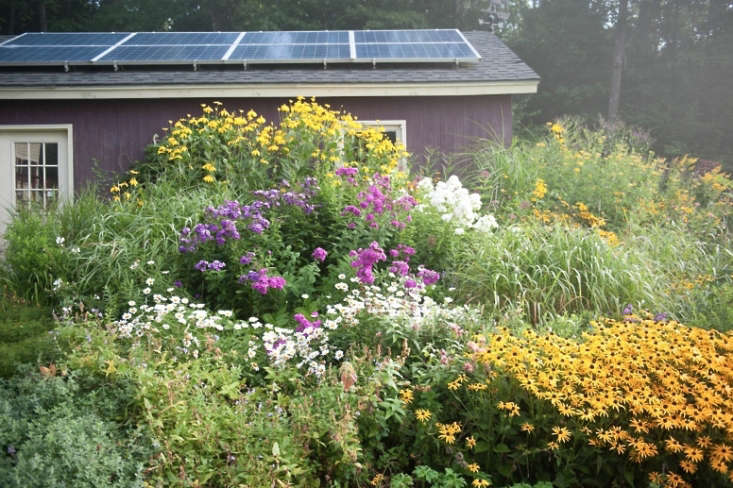
How much does a solar energy system cost?
The cost of a photovoltaic system is an up-front investment; the exact amount depends on how much electricity you use and what percentage of that you would like your solar energy system to supply. The more electricity you require, the larger the system required (see chart below for a ballpark figure).
Government-funded solar incentive programs vary from country to country and even from state to state. Some solar-incentive programs pay you back over time based on the energy you generate. Other solar incentives are one-time payments of rebates or credits. To find out the incentives in your area, consult Wholesale Solar’s Solar Incentives by State.
The average cost of installing a solar system varies across the US, and some of the differential is due to these local, regional, and state incentives. But estimates show that solar energy systems create monthly savings across the board: According to EnergySage.com, the average savings from use of a solar system over 20 years can range from $7,000 to over $30,000 (but varies, depending on locale). For estimates based on your specific area, try Google’s Project Sunroof feature, which allows you to plug in your home address for personalized figures.

How much can I expect to save on utility bills?
The answer depends on what you currently pay for electricity and how much credit your utility company will give you for the amount of power you don’t use. This estimate can be determined by approximating how much power your solar system will provide compared to your current usage.
Are solar panels ever good-looking?
Don’t like the bulky look of solar panels? The next generation of solar products, Building-Integrated Photovoltaics (BIPV), show great promise: photovoltaic cells are being incorporated into shingles, windows, siding, and other building materials, enabling structures in the future to have seamless solar solutions.

Solar Panels Recap:
Pros:
- Good for the environment
- Reduced utility costs
- Lessens our dependence on fossil fuels
Cons:
- Relatively high initial cost
- The amount of savings is not straightforward
- Not traditionally aesthetically pleasing
Had firsthand experience with solar paneling? In the Comments section, fill us in on your finds.

For more on eco-friendly upgrades, see:
- Curb Appeal 101: Everything You Need to Know About Pine Tar
- Remodeling 101: 5 Things to Know About Radiant Floor Heating
- Hardscaping 101: Standing Seam Metal Roofs
N.B. This post is an update; the original story ran on Remodelista on July 3, 2014.






Have a Question or Comment About This Post?
Join the conversation